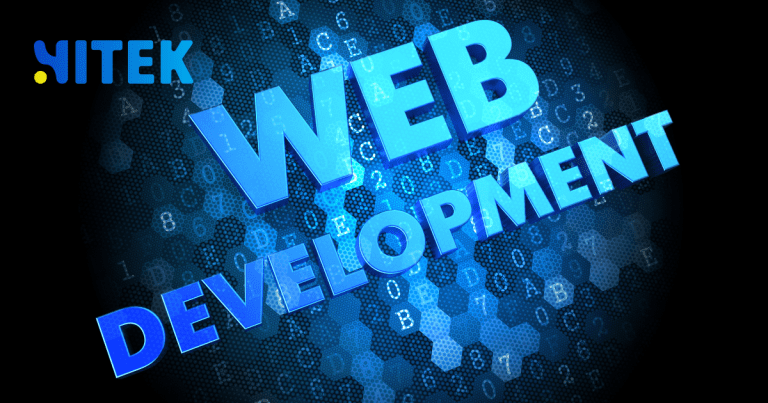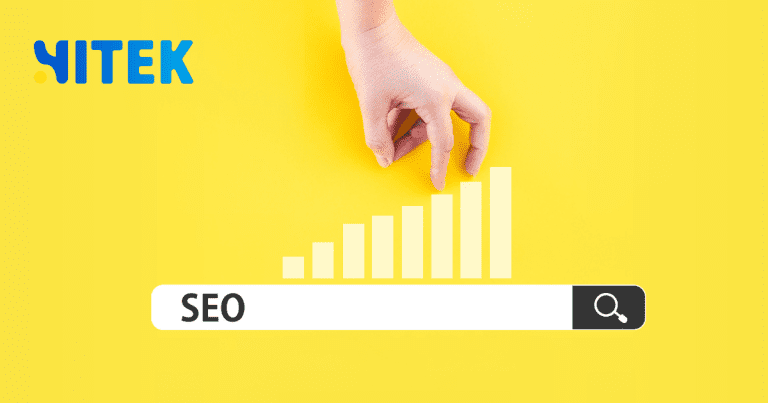Building software isn’t just about writing code—it’s a structured process that ensures reliability, efficiency, and success. The Software Development Lifecycle (SDLC) is the backbone of this process, guiding teams from initial concept to final deployment. Whether you’re a startup in Sydney or an enterprise in Melbourne, understanding SDLC can make or break your next digital project.
In this guide, we’ll break down SDLC, its key phases, popular methodologies, and why it’s essential for Australian businesses looking to build high-quality software.
Contents
ToggleUnderstanding SDLC: The Blueprint of Software Development
SDLC is a systematic framework that outlines the stages involved in creating software. It helps teams minimise risks, control costs, and deliver products that meet user expectations. Projects can spiral into chaos without a structured approach—missed deadlines, bloated budgets, and buggy releases.
According to the Australian Bureau of Statistics, the tech sector contributes billions to the economy annually, making efficient software development crucial for businesses.
The 7 Key Phases of SDLC
Each phase of SDLC plays a critical role in shaping the final product. Here’s how it works:
1. Planning & Requirement Analysis
Before a single line of code is written, teams must define the project’s scope. This involves:
- Gathering stakeholder input
- Identifying technical and business requirements
- Assessing feasibility (cost, time, resources)
A well-documented plan prevents costly mid-project pivots—something every Australian startup wants to avoid.
2. System Design
Next, architects and developers create a blueprint. This includes:
- Choosing tech stacks (e.g., Python, Java, .NET)
- Database design
- UI/UX wireframes
For example, a Melbourne-based fintech app would need robust security features, which would influence its design.
3. Development (Coding)
This is where the magic happens. Developers write code based on the approved design. Agile teams often work in sprints, delivering incremental updates.
4. Testing
Quality Assurance (QA) engineers rigorously test the software for bugs, performance issues, and security vulnerabilities. Automated testing tools like Selenium help speed up this phase.
5. Deployment
Once tested, the software is released to users. Cloud platforms like AWS and Microsoft Azure make deployment smoother for Australian businesses.
6. Maintenance & Updates
Post-launch, developers fix bugs, release patches, and add new features based on user feedback.
7. Retirement (When Needed)
Older systems are eventually phased out when they become obsolete or too costly to maintain.
Popular SDLC Methodologies
Different projects call for different approaches. Here are the most widely used SDLC models:
| Methodology | Best For | Pros | Cons |
|---|---|---|---|
| Waterfall | Projects with fixed requirements | Simple, linear, easy to manage | Inflexible, late feedback |
| Agile | Fast-changing environments (e.g., startups) | Highly adaptable, customer-focused | Requires strong team coordination |
| DevOps | Continuous delivery & automation | Faster releases, improved collaboration | Complex setup, needs skilled staff |
| Spiral | High-risk projects (e.g., defence, healthcare) | Risk-driven, iterative | Expensive, time-consuming |
Agile and DevOps are particularly popular for Australian businesses due to their flexibility and efficiency.
Why SDLC Matters for Australian Businesses
- Cost Efficiency – A structured approach prevents budget overruns.
- Risk Mitigation – Early testing catches issues before they escalate.
- Regulatory Compliance – Critical for industries like healthcare (e.g., My Health Record).
- Scalability – Well-designed software grows with your business.
Final Thoughts: Is SDLC Right for Your Project?
Whether you’re a Brisbane-based SaaS company or a Perth e-commerce startup, implementing SDLC ensures your software is built right, the first time. By choosing the correct methodology and following best practices, you can avoid common pitfalls and deliver a product that users love.
Ready to streamline your software development? Partner with experts who understand SDLC inside out.
FAQs About SDLC
Q: Which SDLC model is best for startups?
A: Agile is ideal due to its flexibility and iterative approach.
Q: How long does an SDLC take?
A: It varies—small projects may take weeks, while large-scale enterprise software can take years.
Q: Can SDLC be used for non-software projects?
A: Yes! Its structured approach applies to IT infrastructure, product development, and more.
By mastering SDLC, Australian businesses can build software that’s not just functional but exceptional.










